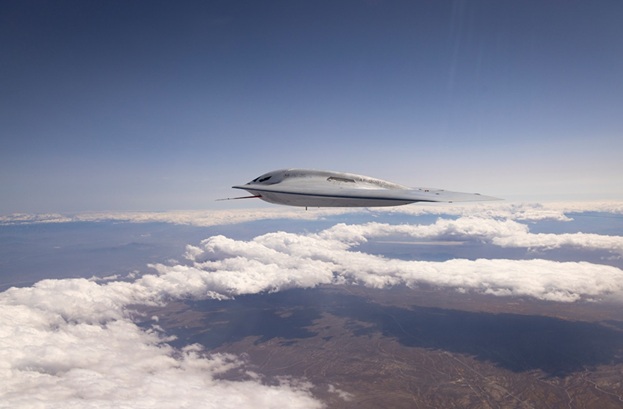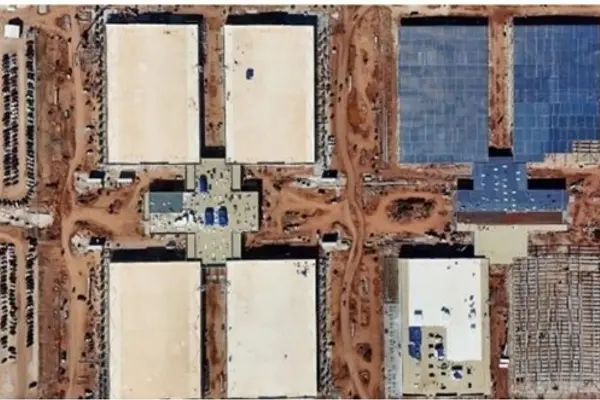Dyess Air Force Base in Abilene, Texas, has been selected as the third base to receive the new B-21 Raider bomber. The B-21 is intended to replace the B-1B Lancer, which is currently stationed at Dyess. The base’s airspace and land use, noise, air quality, and other factors were evaluated in an environmental impact statement. While changes in personnel and operations are expected, the study concluded that the B-21 bed down at Dyess would not have significant adverse environmental impacts, but would create a positive Economic impact. [1, 2, 3]
Here’s a more detailed breakdown:
- B-21 Raider: The B-21 is the Air Force’s next-generation stealth bomber, designed to be nuclear-capable and adaptable for manned or unmanned operations. It is intended to replace the B-1B Lancer, which is currently based at Dyess. [1, 3, 4]
- Dyess AFB: Dyess AFB is one of the bases selected to host the B-21. The base will be the third to receive the new bomber. [1, 2]
- Environmental Impact: The Air Force conducted an environmental impact statement (EIS) to assess the potential effects of the B-21 bed down at Dyess. The EIS analyzed various factors, including airspace, noise, air quality, and infrastructure. [3]
- Positive Economic Impacts: The EIS also anticipates positive, long-term economic impacts on Abilene from the B-21 bed down, including increased employment, housing, education, and public services. [3]


